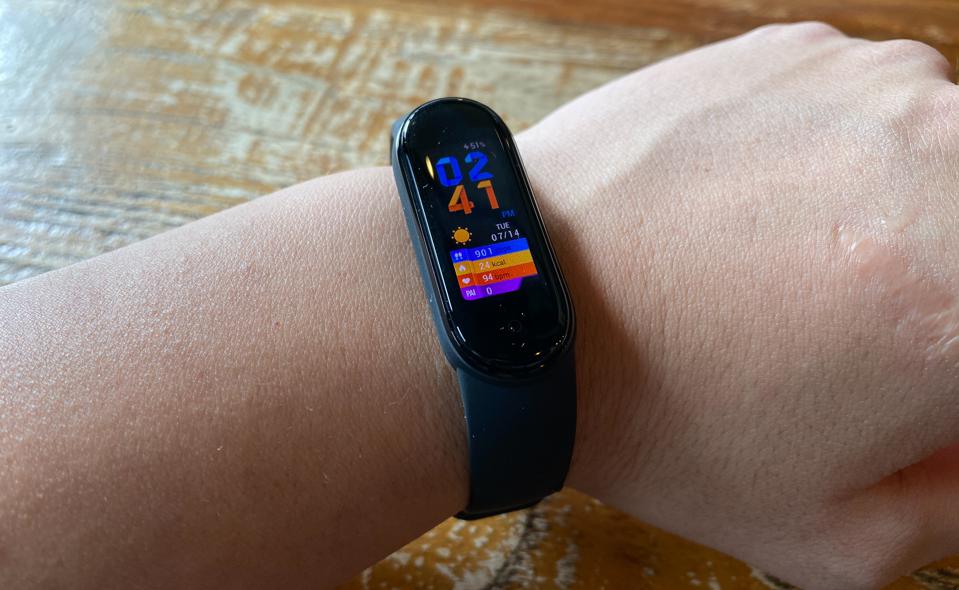The use of consumer health trackers has largerly increased since their initial inception. These smart devices are capable of generating a variety of data for consumers, ranging from pulse oximetry readings to electrocardiograms and step counters.
The consumer health tracking market is estimated to grow from $1.2 billion in 2014 to $8.49 billion by 2021, at an estimated Compound Annual Growth Rate (CAGR) of 20%. The majority of this growth is attributed to the growing use of wearables and the increasing need for self-management of chronic diseases, such as diabetes and heart disease. Pedometers are one of the most basic forms of wearable technology, and they have been available for public use since the 1970s. These simple devices hold a small weight on a band or chain that measures steps, which are then used to calculate distance covered or calories burned.
Today’s devices are far more advanced, with additional features that have been proven to aid users in reaching their fitness goals. One of the most common of these devices is the Fitbit, which sells itself as, “the ultimate fitness and health tracking tool.” Fitbits and other similar devices have sensors, personal profiles, and wireless capabilities to sync data. This allows users to track everything from their daily steps taken, calories burned, weight-loss progress and even nighttime movements to record restful sleep.
These types of devices are becoming increasingly popular throughout the United States and around the world. Although they are a relatively new trend that gained speed thanks to their prominent use in commercials and celebrities, they have only been available for public use since 2007. Due to this short period of time spent on the market, many people believe these devices are just another fad in consumer technology.
This belief is not true. In fact, the science behind these devices is quite complicated with a far reach into areas outside of their simple function when used properly. Overall, the use of wearables to gauge activity levels and monitor healthy behaviors has been shown to have many beneficial outcomes.
Fitness trackers, which are low-tech devices that track steps, distance, and sleep patterns, improve fitness levels in the short term. The most effective use of fitness trackers is to quantify the data users produce each day to improve their personal performances.
When correctly used for health and wellness, these devices have been proven to be an effective part of a healthy lifestyle plan for many people. The results of one study suggest that, “the use of wearable technology may help prevent cardiovascular events such as myocardial infarction and stroke.”
Overall, these devices were shown to improve physical activity levels and lower the incidents of certain chronic diseases. This means that users do not need to go through a long, drawn-out health program or treatment plan. Instead, these simple devices can provide users with a healthy lifestyle precaution to take to prevent health issues before they occur.
“Fitness trackers may improve physical activity in some adults with heart failure by providing an objective measure [of movement]. This might improve quality of life for patients, reduce healthcare costs, and decrease hospitalizations.”
As a whole, these devices are capable of quantifying physical activity levels, being very accurate during the day. They also help promote healthy lifestyles in an individual’s daily routine by providing feedback to the user about personal activities. This feedback can often be used to compare oneself against other users who have similar fitness goals or health conditions. This type of information can provide a helpful guide to other users who are trying to reach similar goals and improve their quality of life.
Using wearable technology encourages regular physical activity that helps improve health and is more accessible than most traditional programs for improving diet and exercise. The incorporation of wearable technology into behavioral weight loss interventions may increase exercise, improve metabolic health, and reduce depression over a period of six months. With continued use, these devices may provide additional health benefits.
Overall, the consumer technology market is continuing to expand with new and innovative products released on a regular basis. Wearable health trackers are just one area within this market that continues to grow at an impressive rate. These devices have proven to be effective in increasing physical activity levels and improving health in studies performed by researchers across the world.
With each year’s growth, this market will continue to be pushed by the need for healthy lifestyles and the increasing popularity of these devices.
